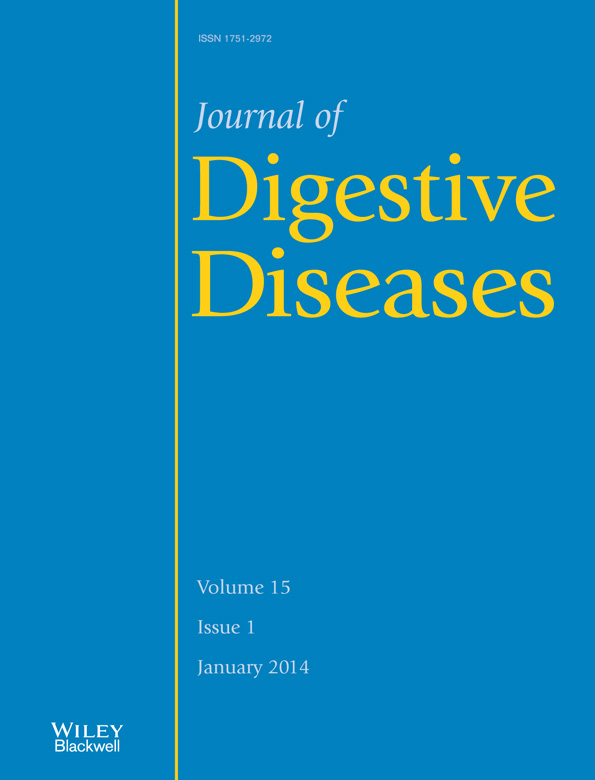Differentiation of nonhuman primate embryonic stem cells into hepatocyte-like cells
Abstract
Objective
To investigate whether cells derived from rhesus monkey embryonic stem cells (ESC) had hepatocyte characteristics after the differentiation.
Methods
Rhesus monkey ESC were induced towards hepatocyte-like cells via a four-step differentiation process: the formation of embryoid bodies (EB), EB in activin A and insulin-transferrin-selenium medium for 4 days, in fibroblast growth factor (FGF)-4 and bone morphogenetic protein-2 (BMP2) medium for 8 days, in hepatocyte culture medium containing hepatocyte growth factor for 3 days and then with oncostatin M and dexamethasone for another 5 days. Expression of albumin (ALB), glucose-6-phosphatase, α-fetoprotein (AFP) and α-1 antitrypsin (α1-AT) at the mRNA level in differentiated cells were detected by reverse transcription-polymerase chain reaction. The expression of hepatocyte markers AFP, ALB, hepatocyte nuclear factor 4 (HNF4), cytokeratin 8 (CK8), CK19 and cell proliferation marker, Ki67, in the differentiated cells were determined by immunocytochemistry. The ultrastructure of the differentiated cells was examined by electron microscopy. Indocyanine green (ICG) uptake was also explored.
Results
After induction, some differentiated cells were binucleate, which is typical of hepatocytes. Hepatocyte-specific genes ALB, glucose-6-phosphatase, AFP and α1-AT were expressed in the differentiated cells. The differentiated cells expressed hepatocyte markers AFP, ALB, HNF4, CK8 and CK19 at the protein level. The cells also expressed cell proliferation marker Ki67. Under electron microscopy, the ultrastructures of hepatocyte-like cells, such as mitochondrion and catalase-containing peroxisomes, were observed in the differentiated cells. ICG uptake test was positive in differentiated cells.
Conclusions
With cytokine induction, rhesus monkey ESC differentiated into cells displaying morphological features, gene expression patterns and metabolic activities characteristic of hepatocytes.




